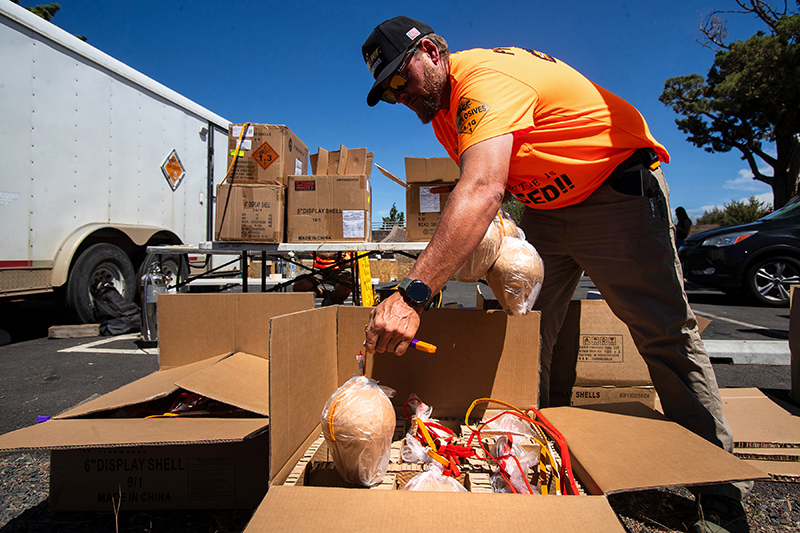Gardening column: Some plants not as defenseless as you think
Published 12:30 am Sunday, September 5, 2021

- Can plants communicate with each other? Perhaps chemically.
We gardeners are so protective of our plants. We feed, water, and put up barriers to deter deer and rabbits. And then, like frosting on the cake, some gardeners feel compelled to add a heavy dose of chemical sprays to kill every creepy crawly in sight.
We have the misunderstanding that plants are defenseless compared to animals than can run away from predators or fight back. How could they survive without our constant attention?
Nature has provided some plants with the ability to produce toxins in their tissues that make them unpalatable or even lethal to predators. Plants have another secret weapon they employ that we don’t know a great deal about. Volatile organic compounds are released into the air to communicate with other plants and with predatory insects.
The term VOC’s is probably more familiar in relation to the vaporized synthetic chemicals given off by pesticides, paint, furniture, carpeting, counter tops, laminated flooring, even the ink in marker pens. The plant-created VOC’s are not the same and are not toxic to us.
Plant-based decoys, alerts
The plant-based VOC’s provide us with the fragrance in plants, the essential oils in herbs in addition to providing a defense-related function for the plants. We are not able to see or smell these VOC’s, but they act as beacons, decoys or deterrents to other organisms that can sense them.
In 1983, David Rhodes, a University of Washington researcher with doctorates in organic chemistry and zoology published groundbreaking research on the communication between trees. Rhodes studied the effects of tent caterpillar attacks on alder trees. His findings indicated the attacked trees increased their chemical defenses in response to the attack.
More surprising was that healthy trees growing as far as 18 feet away had also made defensive changes. Analysis of the leaves revealed that the nutrients in the leaves were replaced with chemicals that were less palatable to the caterpillars.
Rhode’s concept of “trees talking to each other” was soundly ridiculed by Rhode’s contemporaries, resulting in his career suffering.
Fast forward to the present. Researchers now not only support Rhodes theory that plants of the same species communicate with each other but also that plant VOC’s can be understood by members of entirely different families.
Chemicals alert insects
In a 2003 study, researchers found that herbivore damaged sagebrush emits VOC’s that warn related plants nearby about the threat. Research has also discovered that predatory insects and some microorganisms can also detect the VOC’s distress calls from plants under attack.
Wasps, from tiny to large, make up the majority of helpful responders. A research project tracked a paper wasp on a broccoli leaf. The wasp was consuming a cabbage worm. How was the wasp able to locate the caterpillar among all the leaves of the broccoli? Research revealed that when the caterpillar bit into the leaf, the plant released VOC’s. The passing wasp could detect these chemicals, alerting it to the presence of a tasty meal. Predatory insects don’t have to be adults. Many prolific aphid eaters are the larval stages of insects such as ladybeetles, lacewings and syrphid flies.
Gardeners are sometimes tempted by glossy gardening magazines to create the aesthetically perfect garden rather than accept the flaws of nature taking its course. Perhaps if we were patient and not quick to resort to the chemical treatment, we could look forward to a wide range of beneficial insects doing their work, resulting in a healthier environment for us and a more productive garden.
There are many simple things we can do to encourage the action between insect pests and their predators. Interplanting vegetables with a diverse selection of flowering plants provides nectar for a wide range of beneficial insects. Beneficial insects need water. It is a simple task to provide a shallow dish or bowl with rocks in it. Be brave and create a small “wild” area, free of weed eaters and lawn mowers. With a better understanding of some of the complex ways that nature works, it is easier for us to be a good steward of our gardens.








